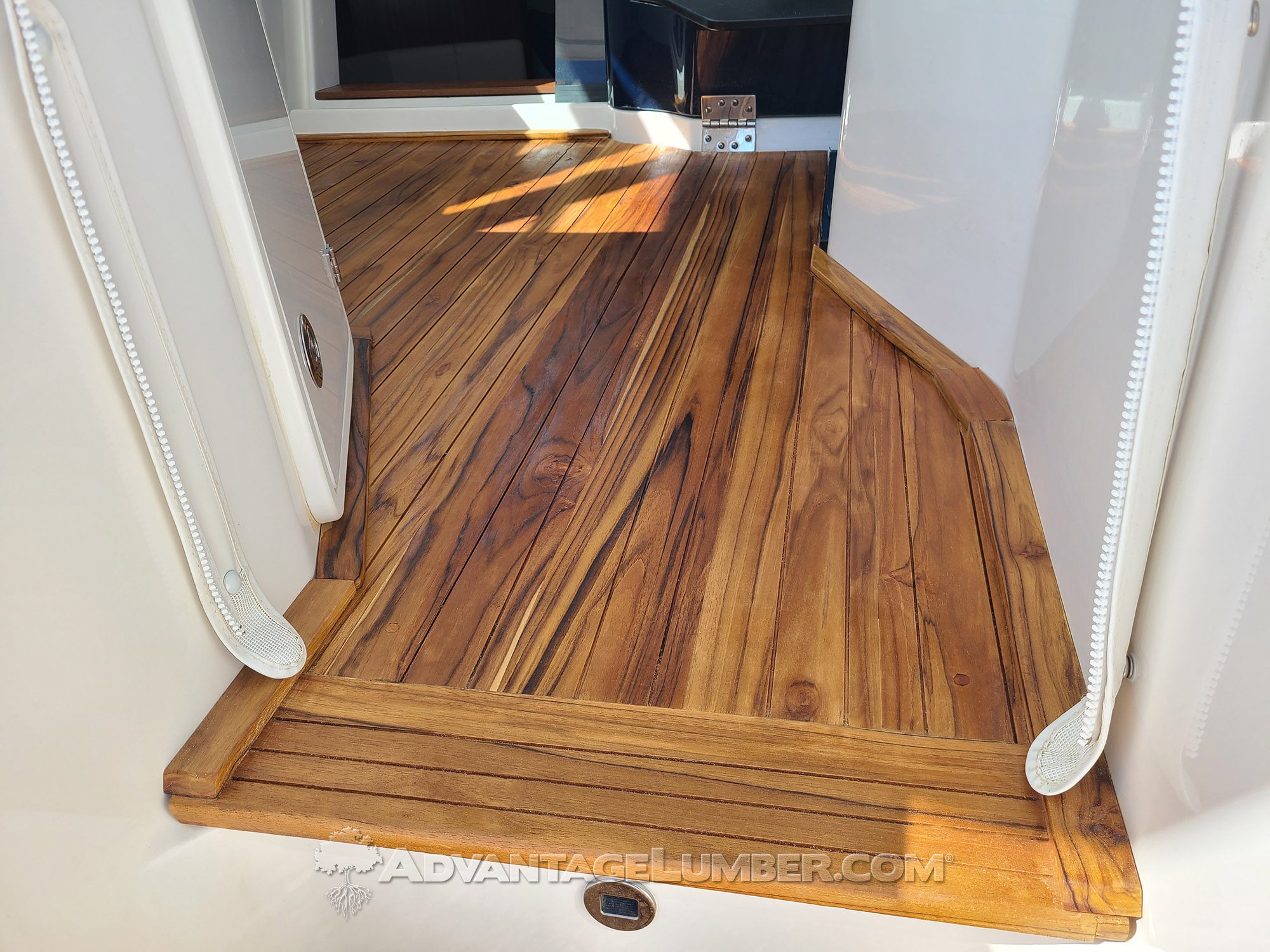Latin Teak, sometimes referred to as Central or South American Teak, refers to teak wood that is grown in plantations in Latin America, particularly in countries such as Costa Rica, Brazil, Colombia, and Ecuador. This regional variant of the teak tree (Tectona grandis) shares many characteristics with its Asian counterpart, but there are some distinctions worth noting.
Characteristics of Latin Teak
- Growth Conditions: Latin Teak is cultivated in the tropical climates of Central and South America, which provide a suitable environment for teak growth. These conditions are somewhat similar to those in Southeast Asia, the native region of teak.
- Wood Quality: While Latin Teak generally possesses the same desirable qualities as Asian teak—like durability, resistance to rot and pests, and a beautiful grain—some experts argue that there can be subtle differences in wood quality. This is often attributed to variations in soil, climate, and forestry practices.
- Sustainability: Many Latin American countries have adopted sustainable and environmentally responsible practices for growing and harvesting teak. Plantations are often managed to ensure a continuous supply without the over-exploitation of natural forests.
- Availability and Cost: Due to the controlled plantation environments and the rising demand for sustainably sourced wood, Latin Teak is becoming more available in the global market. Its cost can vary, often depending on the quality and sustainability practices of the plantation. You can shop online for all of our Teak wood and get current Teak wood prices.
Environmental and Economic Impact
The cultivation of teak in Latin America has both environmental and economic implications:
- Environmental Concerns: Responsible management of teak plantations is crucial for maintaining biodiversity and preventing negative impacts on native ecosystems. Sustainable practices include careful planning of plantation locations and maintaining a balance with the local environment.
- Economic Benefits: For many Latin American countries, the cultivation of teak provides economic opportunities, both in terms of local employment and as a valuable export commodity.
Comparison with Burmese Teak
Burmese teak is often considered the benchmark for quality in teak wood, primarily due to its age, as older trees typically produce denser, more oil-rich wood. Latin Teak, while of high quality, is sometimes viewed as slightly inferior to Burmese teak, particularly when it comes from younger trees. However, the differences can be minimal and are often overshadowed by the benefits of sustainability and ethical sourcing associated with plantation-grown teak.
Conclusion
Latin Teak represents an important part of the global teak market, offering a more sustainable and ethically sourced alternative to teak from natural forests. While there may be subtle differences in quality compared to Asian teak, it remains a highly desirable material for a wide range of applications, including furniture, construction, and boat building. As the demand for sustainable wood products grows, the role of Latin Teak in the market is likely to increase.
